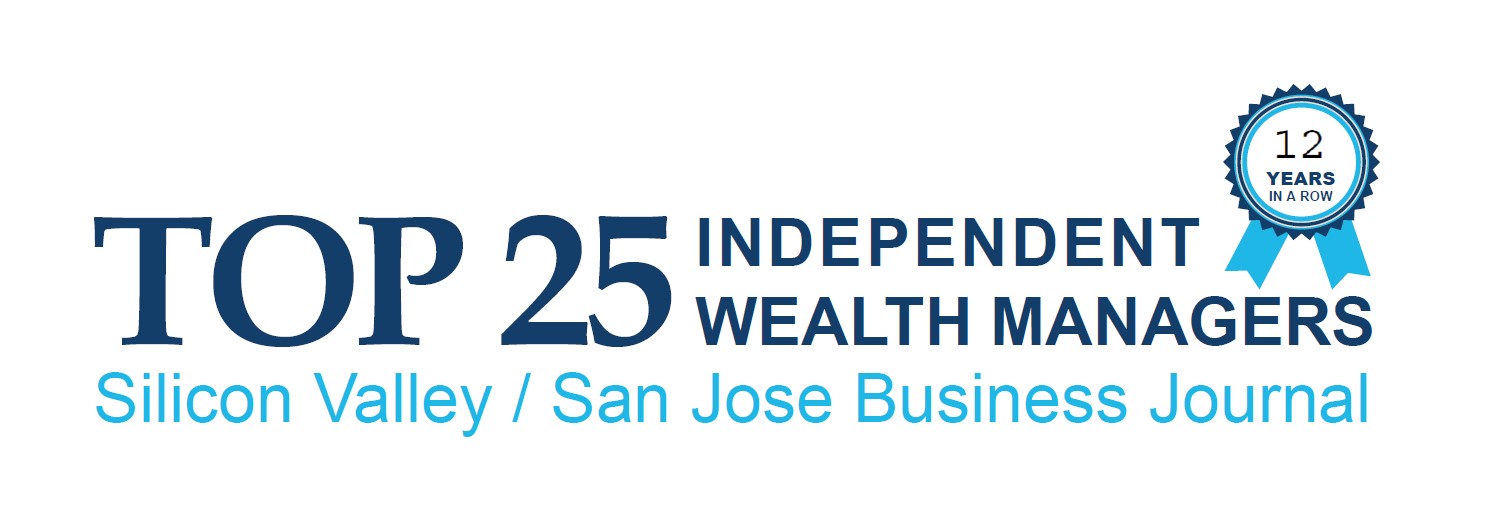Heading into the 2nd quarter’s earnings season, corporate profitability proved better than anticipated, and markets continued to climb higher on renewed optimism. The sanguinity quickly soured at the start of May, following an abrupt halt in US-China trade talks and a surprise ban on trading with one of China’s largest telecom conglomerates, Huawei Technologies. After a month-long selloff that led to a hard reset for valuations and expectations for the Technology sector, the market has once again positioned the leadership sectors for a grind higher past overly suppressed estimates.
The Federal Reserve played a starring role in the 2nd quarter and we expect this to continue for the remainder of 2019. Following weaker economic data –likely the result of defensive corporate positioning in light of increased trade tensions- as well as indications that other global central banks are pivoting toward stimulative policy, members of the Fed have taken a more dovish tone, suggesting a rate cut is closer than previously believed. At this time, credit markets are pricing in a cut as soon as July 31, and while we have believed a cut to be inevitable this year, given the unprecedented situation the Fed finds itself in we are not convinced that this marks the beginning of a “traditional” rate cut cycle. In fact, we would not be surprised to see the Fed return to experimenting with direct activity in the bond markets to control rates on the long end of the yield curve, allowing companies to secure even cheaper debt to fund growth and recapitalize. Combined with the potential for softening currency headwinds if the dollar begins to weaken into the 2nd half, this would further support corporate earnings growth, helping stocks continue to outpace expectations.
In a historic move, Fed Chair Jerome Powell conceded that a key economic theory linking unemployment and inflation – a theory which had long been used to guide monetary policy – is no longer held in a post-globalized, machine-driven world. We expect this paradigm shift to act as a substantial tailwind to American innovation, allowing even cheaper access to capital for new growth projects and technological development as society still remains in the early stages of the Fourth Industrial Revolution (the integration of self-learning artificial intelligence and robotics). Additionally, this should also lead to an expansion in stimulative government spending, and we expect a large-scale infrastructure deal will play a key role in legislative politics heading into the 2020 election cycle.
US-China trade tensions continue to linger, though given the evidence that both economies are suffering as a result, we believe each country is motivated to resort to rhetoric over action for now. Due to increasing uncertainty over the timing of a resolution combined with continued disruptions to supply chains, many U.S. and European companies have begun weaning their reliance on China faster than originally planned as they move operations to other developing countries and even back domestically in some cases. In the long-run, this will provide a new boost to the economies where they settle, ultimately expanding global aggregate demand for metals and consumer goods as those countries modernize. The global landscape is still soft, but strengthening; as automation continues driving productivity gains against a backdrop of increasing publically funded projects across the world’s major economies, in time we should begin to see a stronger recovery take hold in global markets.
While the political landscape remains volatile, recent data continues to support a 2nd half rebound driven by growth in technology and strong consumers, especially as consumer and business confidence increases following a de-escalation in the now 1 year old US-China trade war. We remain constructive on equity markets, though expect heightened volatility to continue as investors cautiously approach what may be a new normal as the global transition to the Fourth Industrial Era is underway.








